Soybeans are one of the world’s major oilseed crops and are the primary raw materials for producing protein and oil. They are widely cultivated around the world and are often used to make soybean products. To ensure the continuous growth of soybean yield, more high-quality seeds are needed for planting. Therefore, effectively screening excellent soybean seeds is very important. In addition to the size, shape, and color characteristics of the seeds, surface integrity, physical damage, insect damage, fungal infection, and mold are also additional factors used for evaluation. Accurately sorting high-quality soybean seeds is the key to increasing soybean yield!
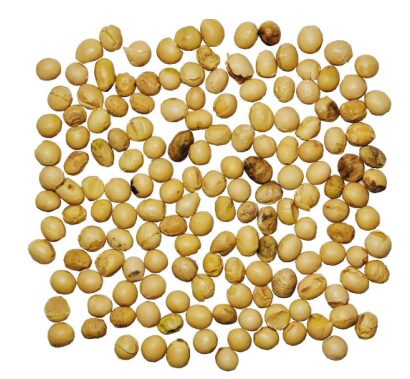
To address this issue, a team from the College of Engineering at Northeast Agricultural University published a paper titled “Real-Time Identification System for Surface Defects of Soybean Seeds Based on Deep Learning.” The team is led by Professor Quan Longzhe, whose research focuses on the application of artificial intelligence technology in agriculture. In the paper, they carefully describe a deep learning-based soybean seed surface recognition and sorting system, which can serve as an effective tool for precise sorting of soybean seeds. It provides a method for full surface detection of elliptical defect seeds of different sizes.
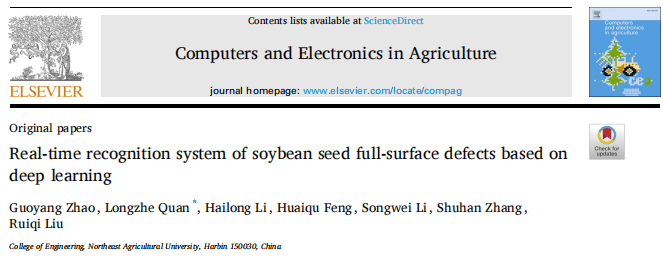
Currently, machine vision-based sorting systems mainly focus on recognizing one side of the surface. The team designed and developed a deep learning-based full surface recognition and sorting system for soybean seeds. The system prototype is as follows:
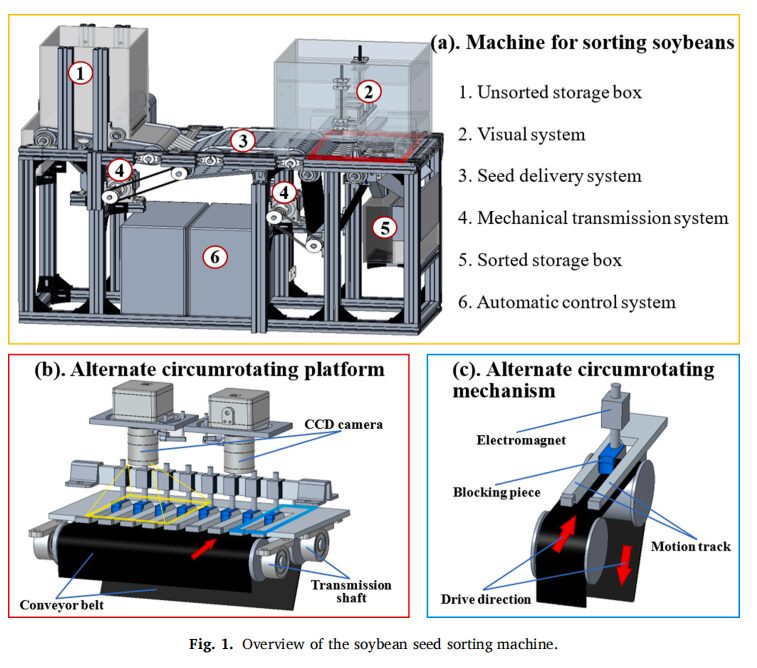
This soybean seed sorting machine can achieve functions of single sorting, aligned transmission, and alternating rotation. Two industrial digital cameras (CCD) in the visual system are connected to two Jetson Nano development boards, which perform inference and classification on the captured images. The CCD’s shooting angle is vertically downward, 150mm away from the soybean seeds. The STM32F429 chip controls a transmission speed of 0.4m/s, outputting digital signals to control the opening and closing of the electromagnetic valve. Jetson Nano and the control box communicate via a serial port.
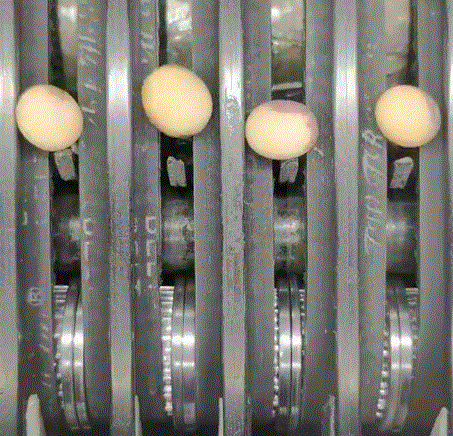
The team established a dataset of 6480 images of soybean seeds; images were collected under different lighting and surface conditions from multiple categories, and the data images were masked. An alternating rotation mechanism reveals the full surface feature information of the seeds, and a deep learning model accurately classifies the seeds into six surface types.
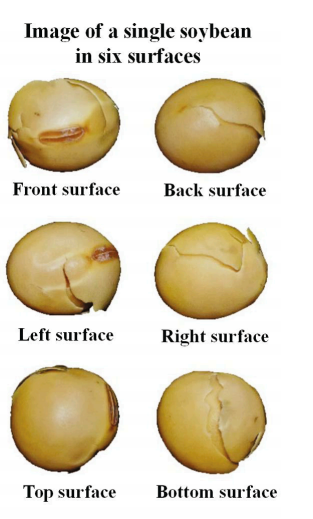
Images of soybean seeds were captured every 35ms on an alternating rotation platform and then sent to the Jetson NANO development board for classification. The rotation of soybean seeds on the alternating rotation platform reveals the complete six types of surface information, providing conditions for comprehensive evaluation of the seeds using the visual system.
The testing process showed that under moderate lighting conditions, all models achieved the highest accuracy. The improved MobileNetV2 model achieved a classification accuracy of 97.84% on the masked dataset. The improved MobileNetV2 network model can achieve precise classification of soybean seeds of different sizes.
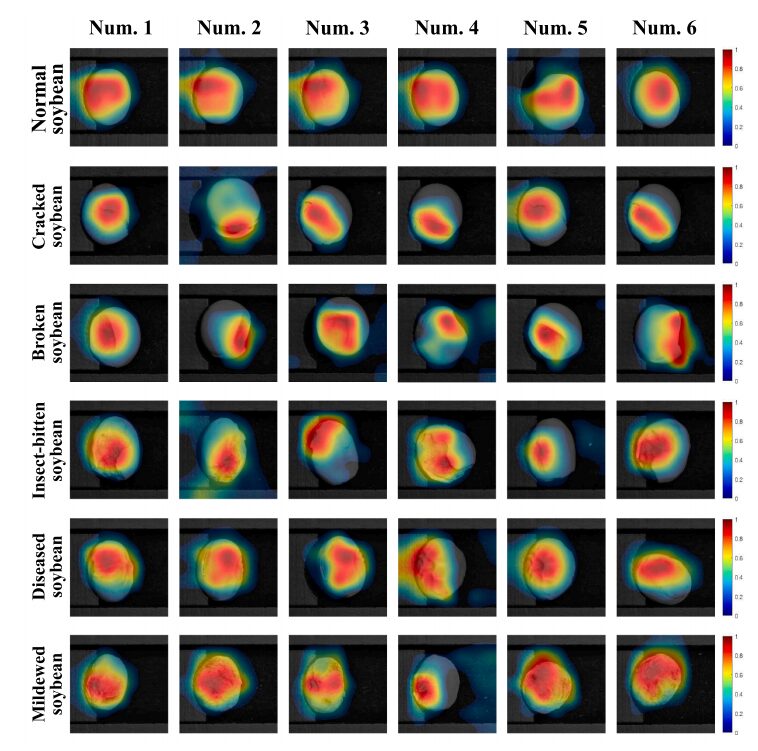
Utilizing the powerful computing capabilities of NVIDIA Jetson NANO, the inference speed can reach 35fps, achieving real-time recognition of the full surface of soybeans. It is worth mentioning that the team chose the improved MobileNetV2, using TensorRT-FP16 precision to optimize the network to achieve the best inference performance on the Jetson NANO development board, thus meeting design requirements.
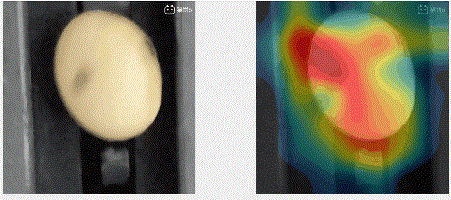
The sorting system proposed in this paper can achieve high precision and low-cost applications, with an overall sorting accuracy of 98.87% and a sorting speed of 222 seeds/min. This method can serve as an effective tool for precise sorting of soybean seeds, providing a method for full surface detection of elliptical defect seeds of different sizes.
Regarding the upcoming development work, Professor Quan Longzhe stated: “In future research, we plan to develop a suitable dataset for various types of seeds. This work will help address classification issues related to other agricultural seeds. Considering the operational efficiency of the sorting machine, subsequent research on how to improve the inference speed of the network model will be very meaningful.”
For the full paper, click to read the original text.